The photos in this article, from the famous film archive, were taken eight years ago almost to the day, during a weekend visiting my mother-in-law near Carnac, and near where my father-in-law lives. They’re divorced, and as usual, I stayed with her, not him. The photos feature my brother-in-law, who bears a striking resemblance to a beefy Dominic Farrugia, and my niece – not my favourite, but likeable enough (and those who claim not to have favourites are just liars!).
I shot these with my Canon AE1, a camera that saw a lot of action back then. Loaded with Ilford HP5 Plus and developed in Rodinal, they turned out a bit grainier than I expected, even for HP5 at box speed. I blame my overly enthusiastic agitation during development – I’ve always been a bit of a stirrer! Even back then, I had this habit of sneaking off to “do some photography,” a habit that hasn’t changed much, it seems.
Funny thing is, this wasn’t my first time in Carnac. As a kid, plagued by ear infections, flying was out of the question, so we had many a family holiday in France. One such trip was to Carnac, in the Morbihan region. Who would have thought that over 30 years later, I’d be back here so often?
Now, 30 years ago, you could wander freely around those mysterious Carnac stones. My mother, bless her imaginative soul, convinced me they were people caught dancing on the Sabbath and turned to stone as punishment. Ever since, I’ve had a healthy aversion to Sunday line dancing! Sadly, you can’t get close to the stones anymore – they’re cordoned off, perhaps a warning to those Breton folk dancers not to get too carried away.
Back then, HP5 was my go-to film. I wanted to know it inside out. Visiting the stones was a welcome escape from the lively, shall we say, family gatherings. Don’t get me wrong, I love my in-laws, but their intensity can be a bit much for this introvert. The stones, silently standing there, offered a tranquil contrast.
Years later, I watched a film, “The Fablemans,” about Steven Spielberg. The advice at the end, to keep horizons high or low in your images for more interest, struck a chord. Unbeknownst to me, I was already doing this! When I first started out, I meticulously documented every shot in a notebook – aperture, speed, film, camera, the lot. I kept this up for over a year before finally giving it up. These days, all that info is tucked away in your image file’s metadata, but not with film. There’s a certain freedom in that, wouldn’t you agree?
Reflecting on these old photos from Carnac, I am reminded of the enduring allure of photography and the quiet majesty of ancient stones. Each visit to Carnac, captured through the lens of my Canon AE1 and HP5 film, evokes memories of childhood holidays and solitary moments amidst family gatherings. The evolution from meticulous note-taking to embracing the simplicity of film photography has taught me to approach each shot with intention and mindfulness.
In the digital age, where metadata stores the technical details of our images, there remains a certain freedom in the analog process. It encourages a deeper connection with the art form, requiring us to engage fully in the moment of capture. The stones of Carnac stand as timeless witnesses to history, echoing the evolution of photography itself – ever-present, ever-evolving.
As I continue to explore new landscapes and subjects through my lens, I carry with me the lessons learned amidst the stones of Carnac: to capture not just images, but stories; not just moments, but emotions frozen in time. Photography, in its simplest form, remains a profound journey of discovery and expression, rooted in a rich tradition that continues to inspire.
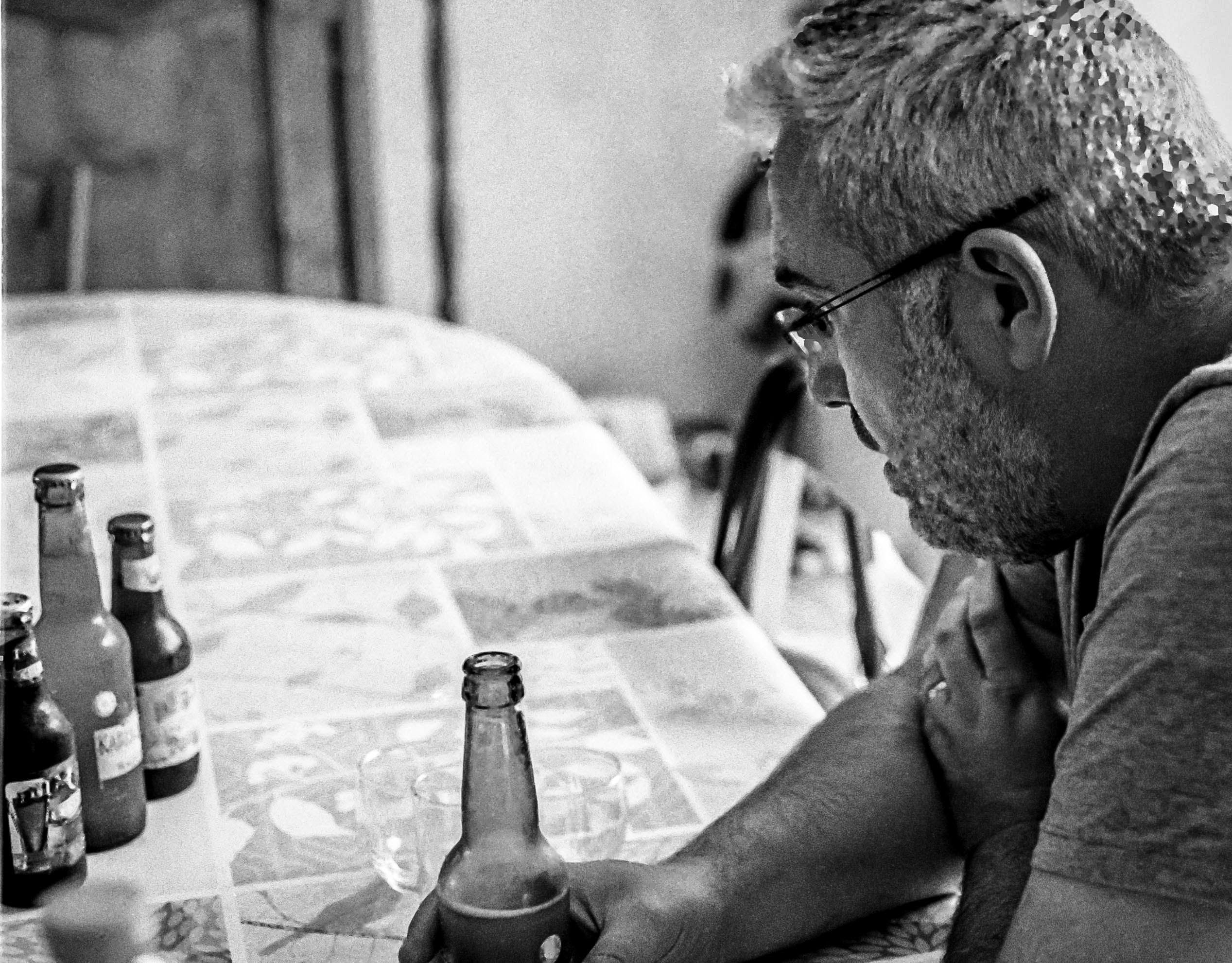


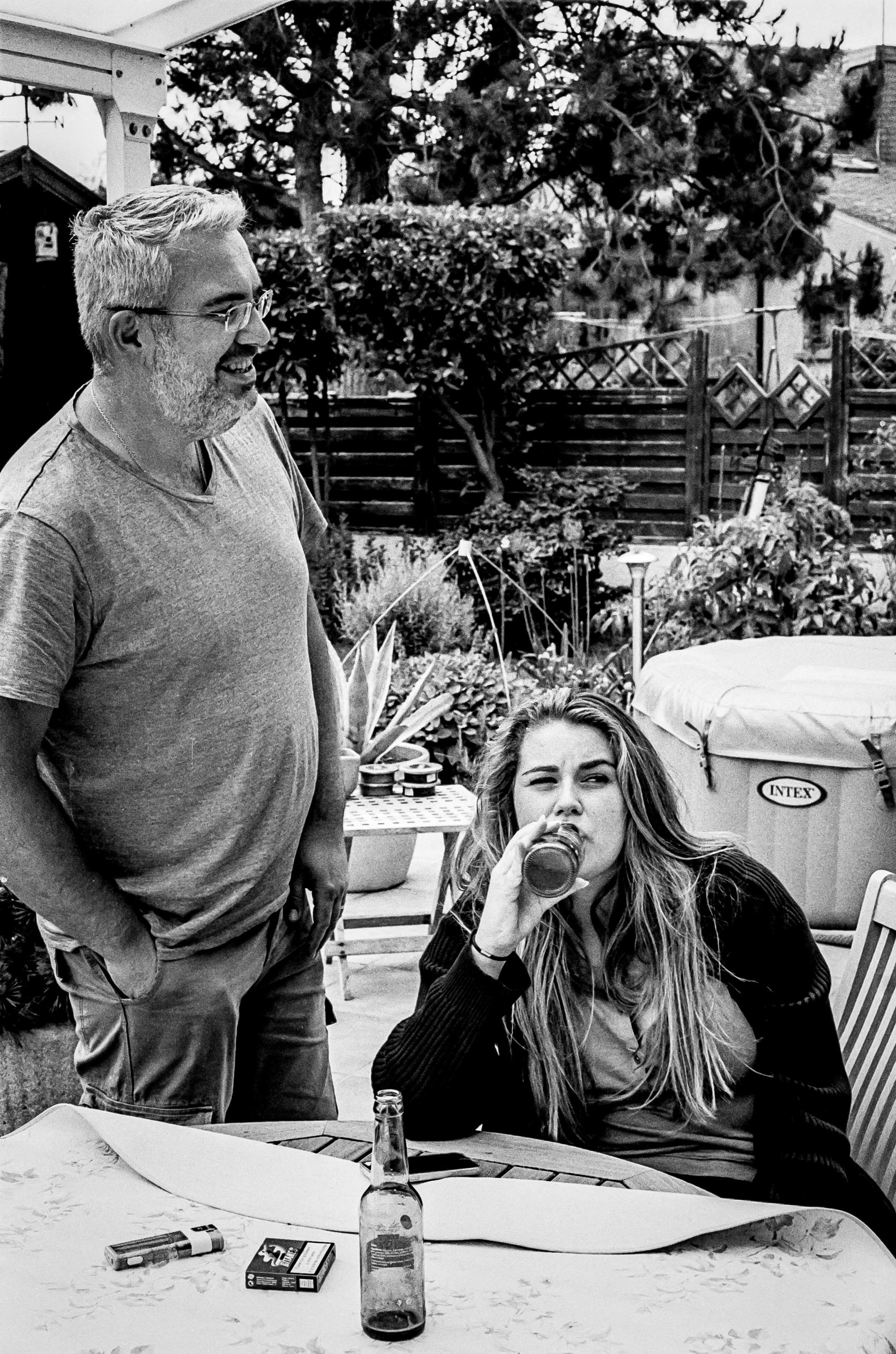


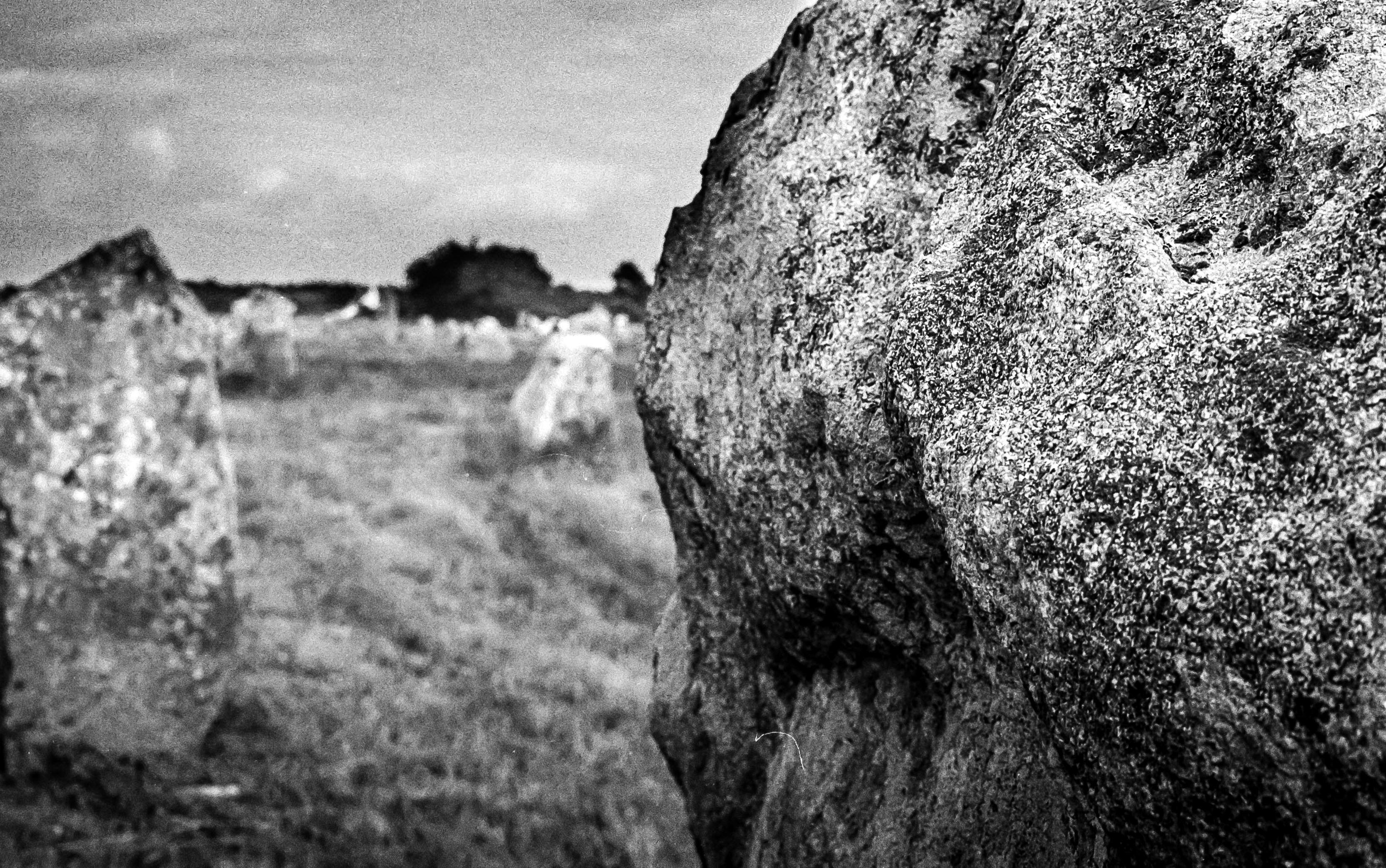
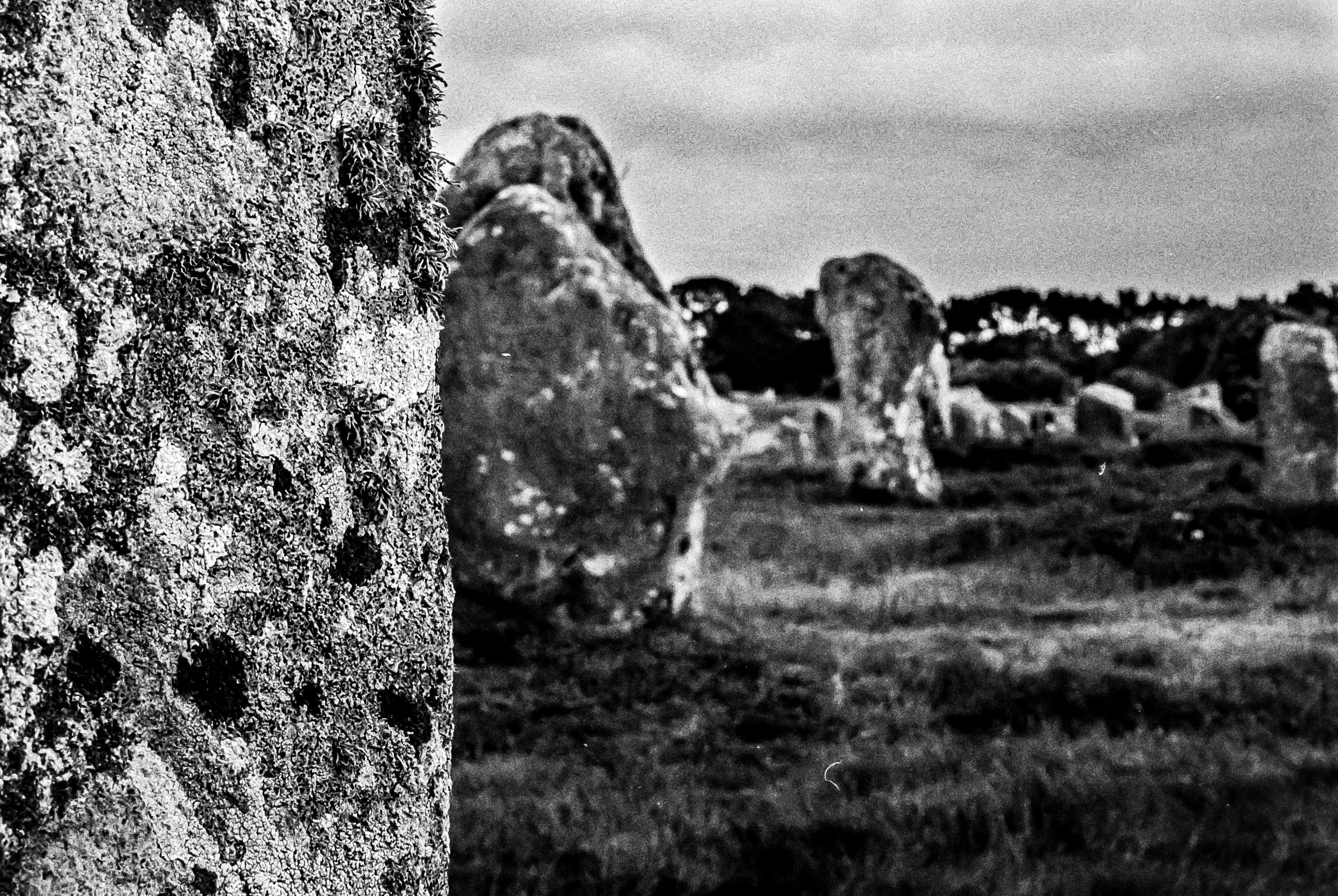

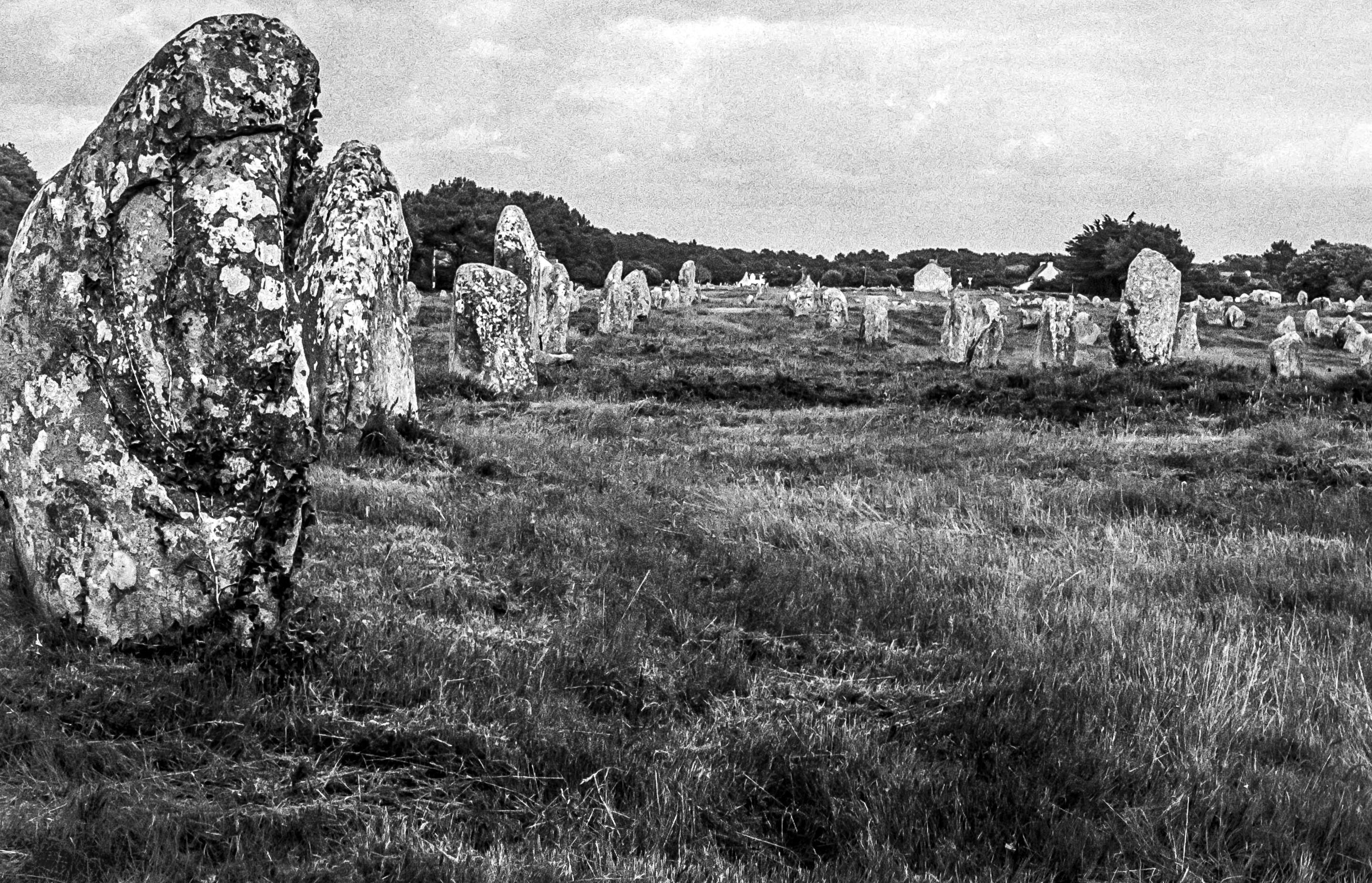

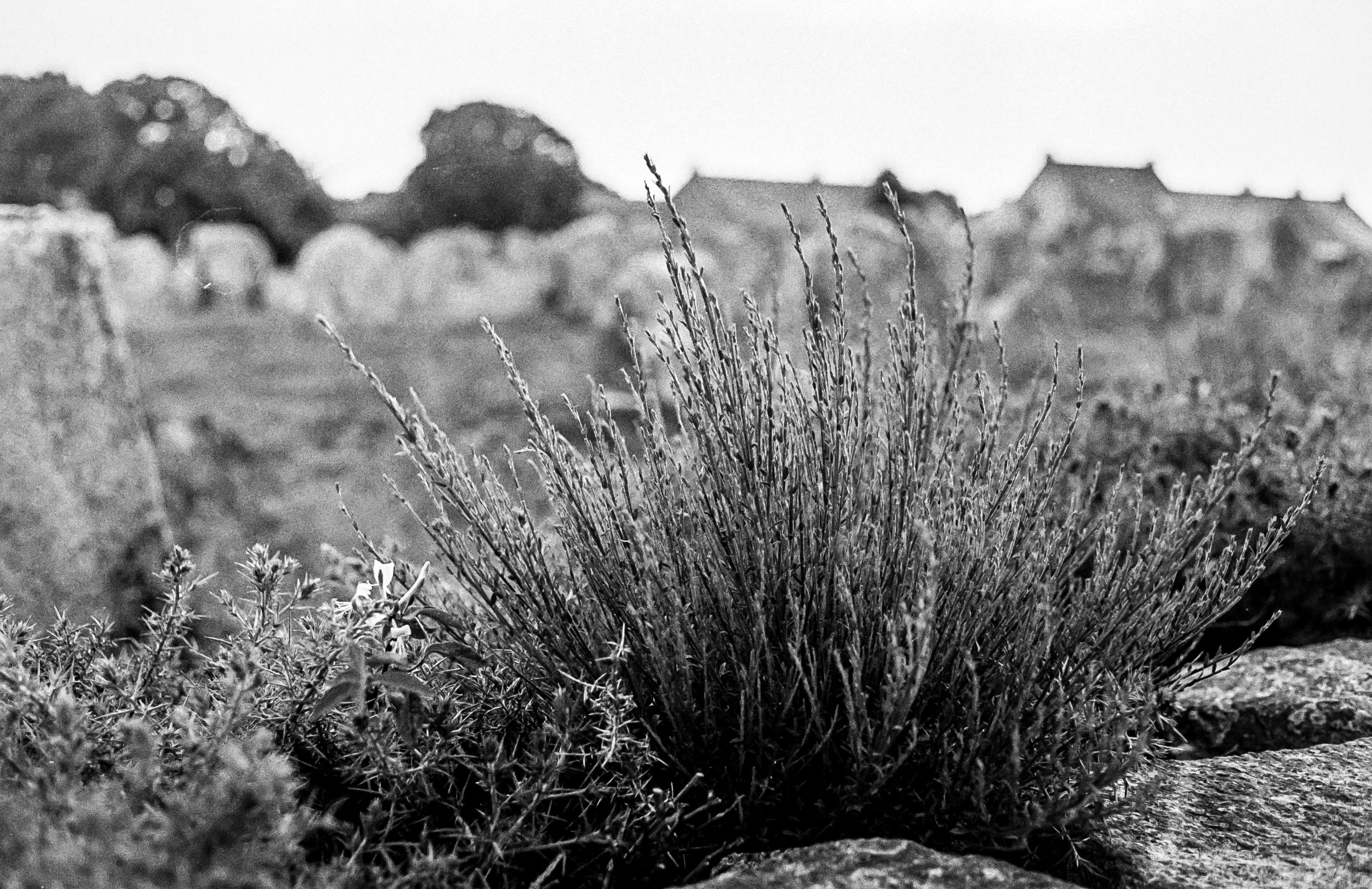


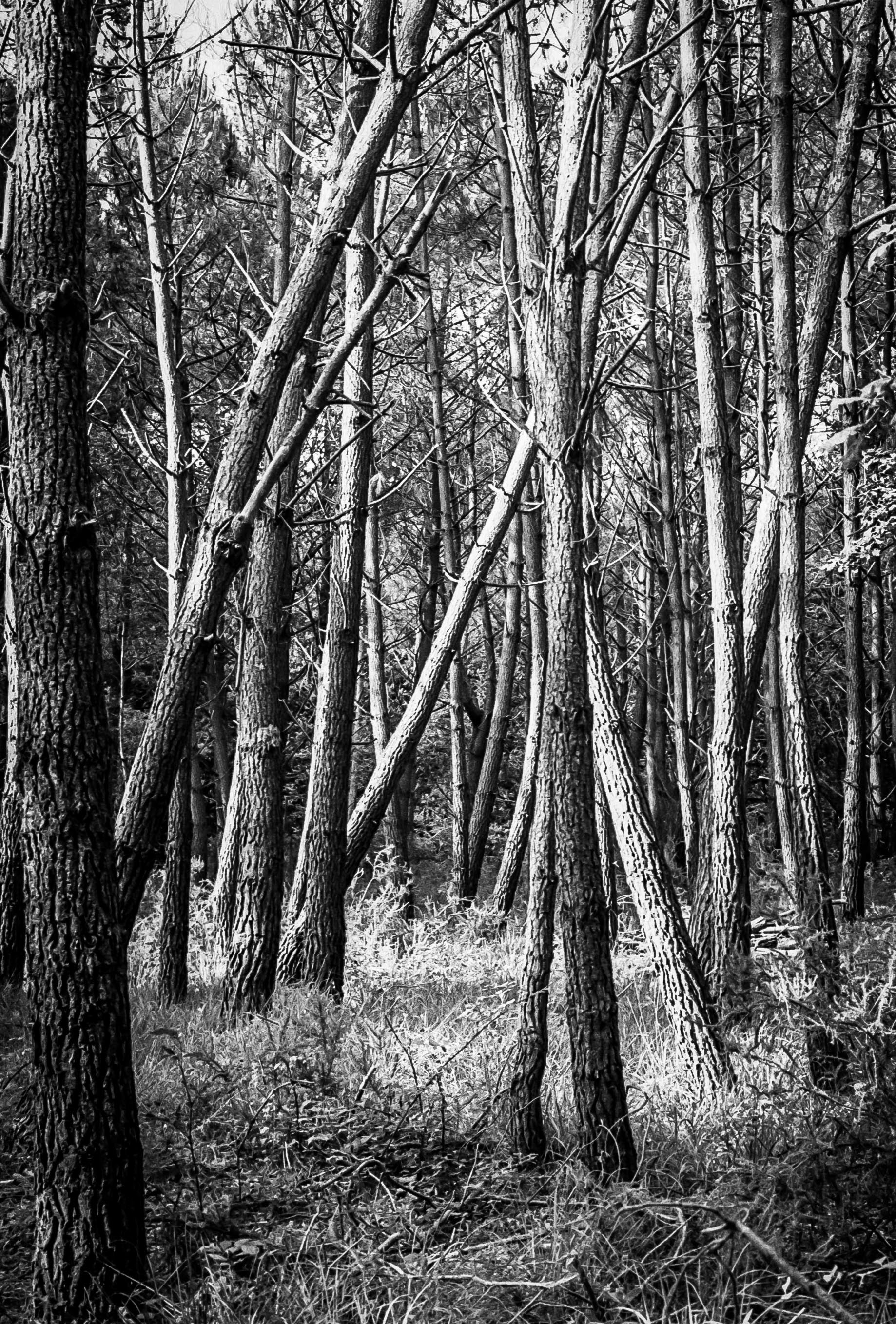
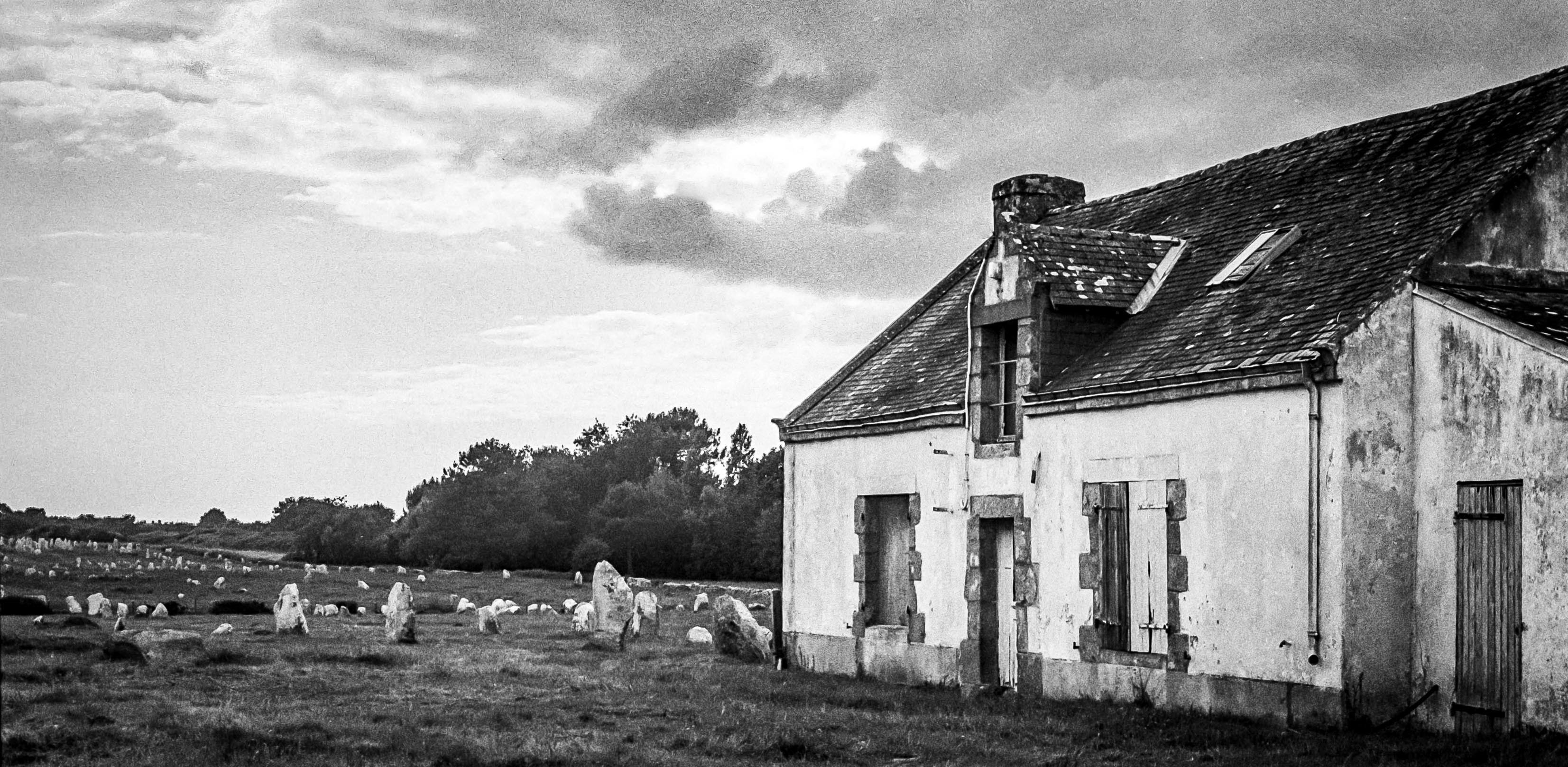

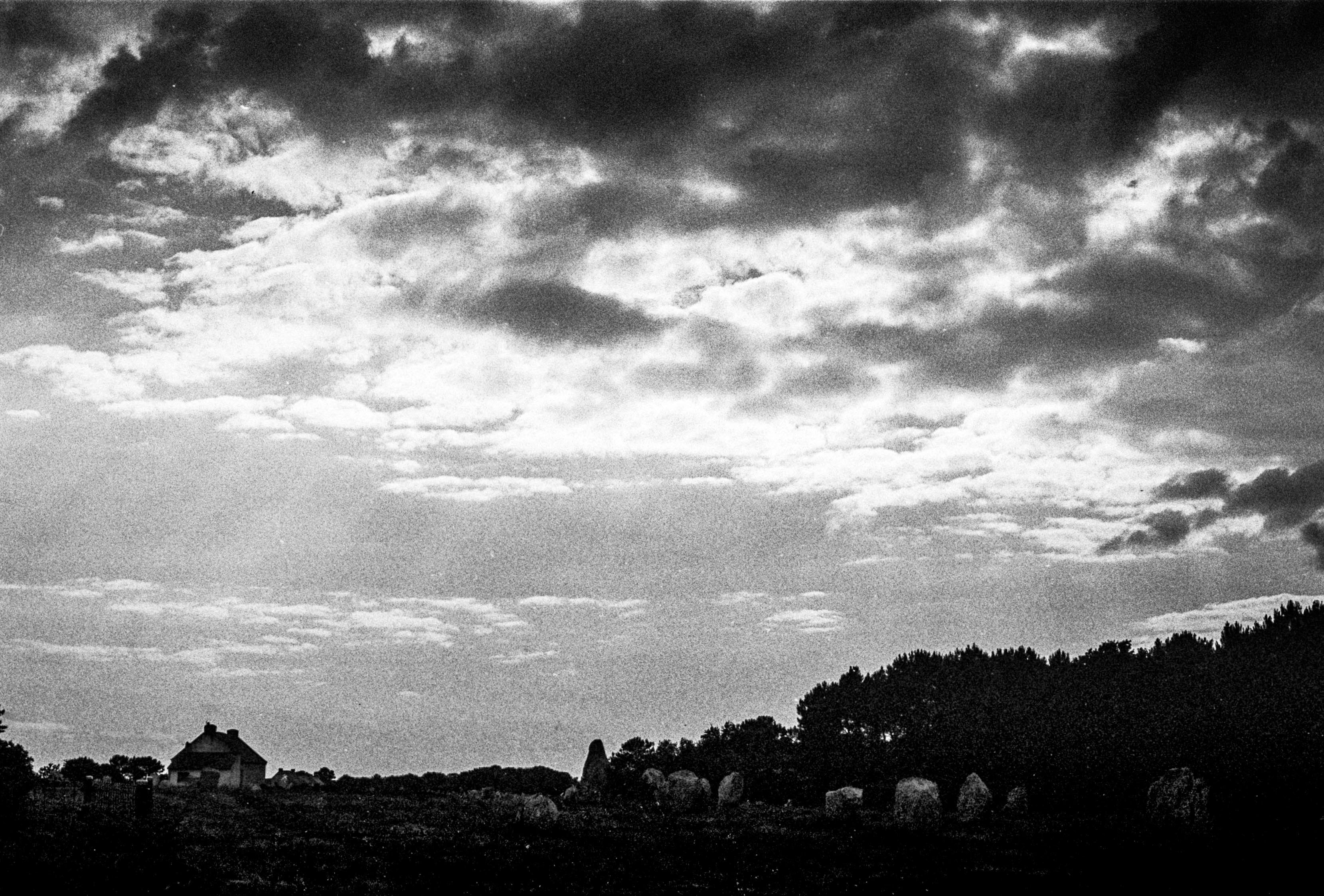


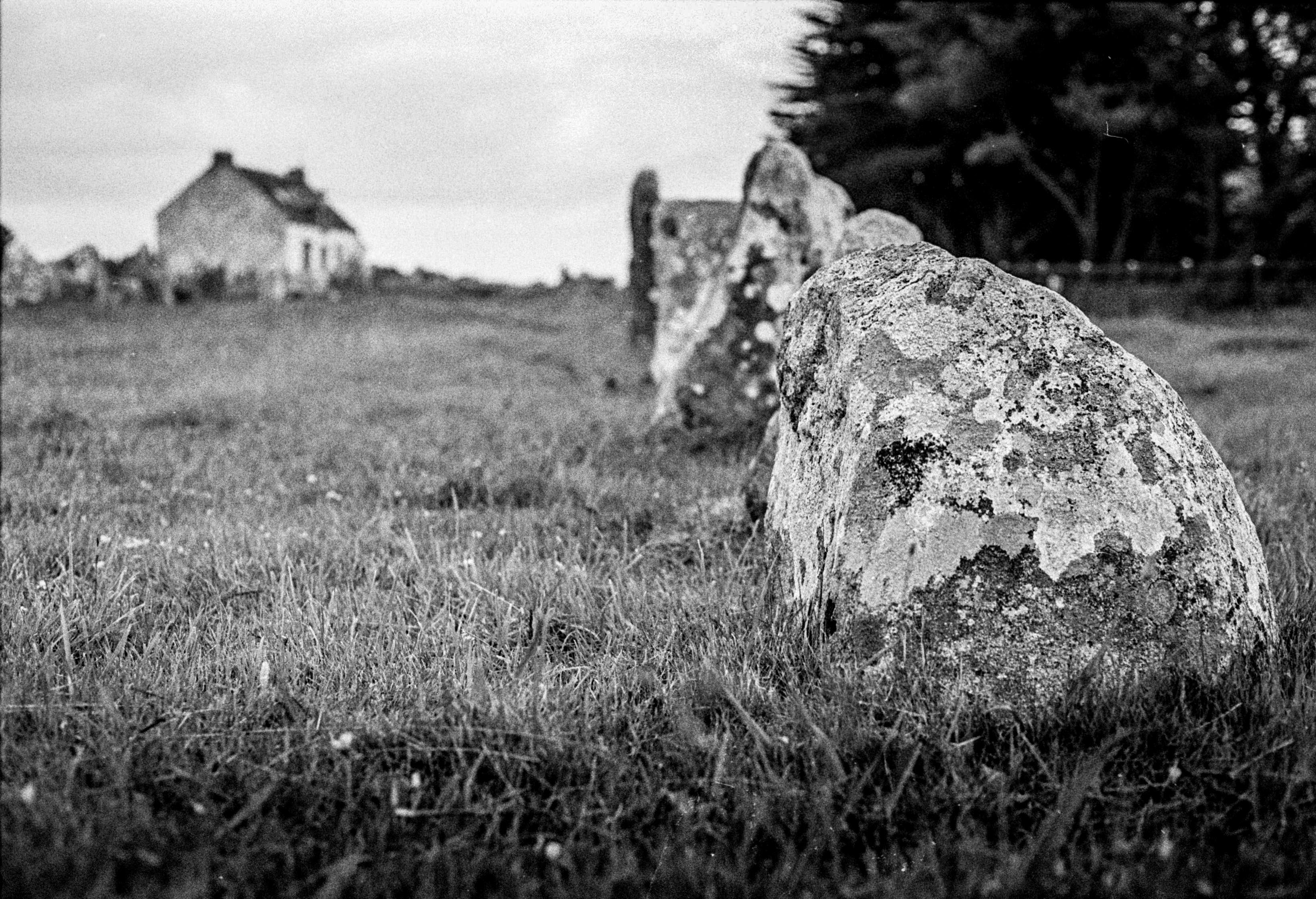

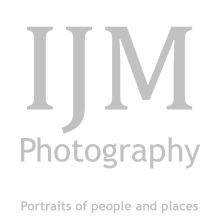
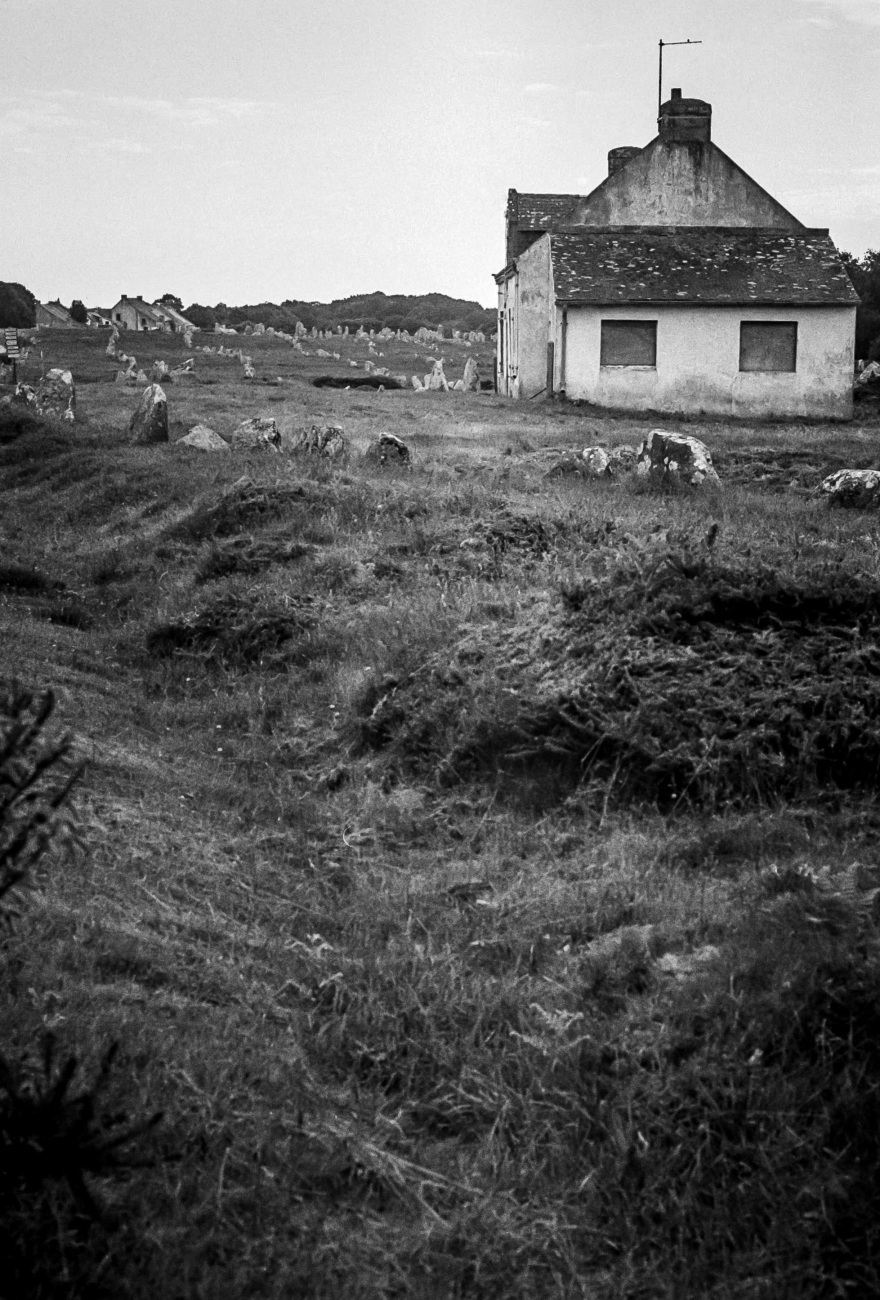
Nice place just south of me, a lot meaning for the Bretons! Cheers
LikeLiked by 1 person
That’s what I thought!
LikeLiked by 1 person
It’s such an amazing and interesting place. We had never even heard of it until a friend visiting from the US mentioned that he’d like to see them; so off we went. It isn’t far from our home in Normandie, and we are so glad we went. Now, menhirs and dolmens are always on our radar, and we stop to see them every chance we get. There’s a dolmen just a few minutes from our home. Like your mom, I learned that there are many different theories about the stones. The one I like most is that they were an invading Roman Army, and the wizard Merlin, turned them into stone. Fun stuff!
LikeLiked by 2 people
I’ve heard similar stories. Maybe I was completely out of wack with my dancing Bretons… Merlin got around…
LikeLiked by 1 person
That is my favorite as well.
LikeLiked by 1 person
I love these, and I love Carnac. The people all look like someone I would like to join in the beer. What great photos. In my photography years we used Tri-X, how does that compare with the HP5? Darkroom work has faded away in the world of digital, as will stick-shift driving as electric cars grow. Am I becoming a nostalgic old codger?
LikeLiked by 2 people
I’ll have you know Sir, that nostalgia is wonderful. You’ll get slightly less contrast with HP5 unless you push it to 800ASA or 1600ASA. You’ll also get more details in the shadows. Tri X is a beautiful film stock though. A little expensive like most Kodak products. HP5 is cheaper and if you want to go even cheaper you have Kentmere which is produced by Harman using the same process as Ilford. Money talks. I’ve had success with Rollei RPX films too. Nice flat negatives, which for scanning is always appreciated. It’s another world isn’t it. Je parle d’un temps, que les moins de vingt ans, ne peuvent jamais connaitre, as sang Aznavour.
LikeLike
I don’t even own a fil camera anymore, lots of paints though. We bought our fil I’m bulk and loaded our own canisters, as I remember it was well under $1. I also had a 16mm Minos. My friend was a news photographer, 16mm of course. He would save me the ends of the fill and I would load my Minox, that was free. Good memories for sure.
LikeLiked by 1 person
It’s never too late to go back to it. Lab prices can be a bit dear, but you know full well that film is just not the same as digital…
LikeLiked by 1 person
These days learning layers and masking on Procreate occupies a lot, love learning new stuff.
LikeLiked by 1 person
Layers and masking is the same as in Photoshop. Much like Disney animation in the 30’s. They used layers of glass painted with the decors for their film Snow White. Or it’s the same as painting in watercolour. You paint a layer, wait for it to dry and work from light to dark. Same kind of principal. And using gum arabica as a masking agent…
LikeLike
💓💖💚 💓 💯
Blessings and greetings
🌞🌈🇪🇸
LikeLike
Muchas gracias!
LikeLiked by 1 person
NICE 💛🧡💓
Blessed and Happy afternoon 🌞🌈🇪🇸
Greetings pk 🌎🇪🇸
LikeLike
Gracias!
LikeLike